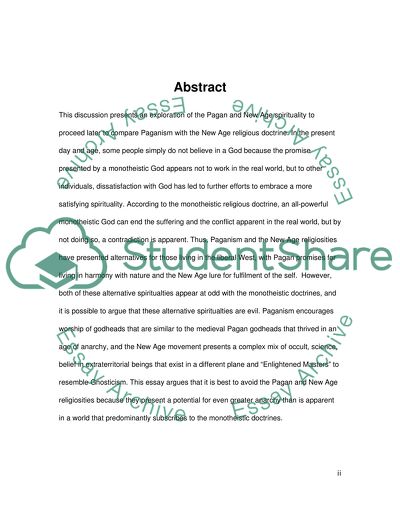Cite this document
(“Paganism and New Ageism Essay Example | Topics and Well Written Essays - 3500 words”, n.d.)
Retrieved from https://studentshare.org/religion-and-theology/1398877-paganism-and-new-ageism
Retrieved from https://studentshare.org/religion-and-theology/1398877-paganism-and-new-ageism
(Paganism and New Ageism Essay Example | Topics and Well Written Essays - 3500 Words)
https://studentshare.org/religion-and-theology/1398877-paganism-and-new-ageism.
https://studentshare.org/religion-and-theology/1398877-paganism-and-new-ageism.
“Paganism and New Ageism Essay Example | Topics and Well Written Essays - 3500 Words”, n.d. https://studentshare.org/religion-and-theology/1398877-paganism-and-new-ageism.


